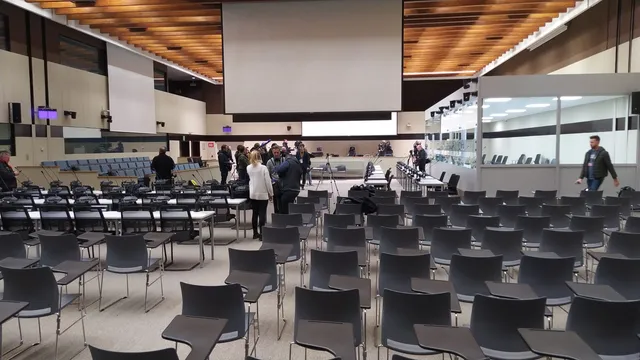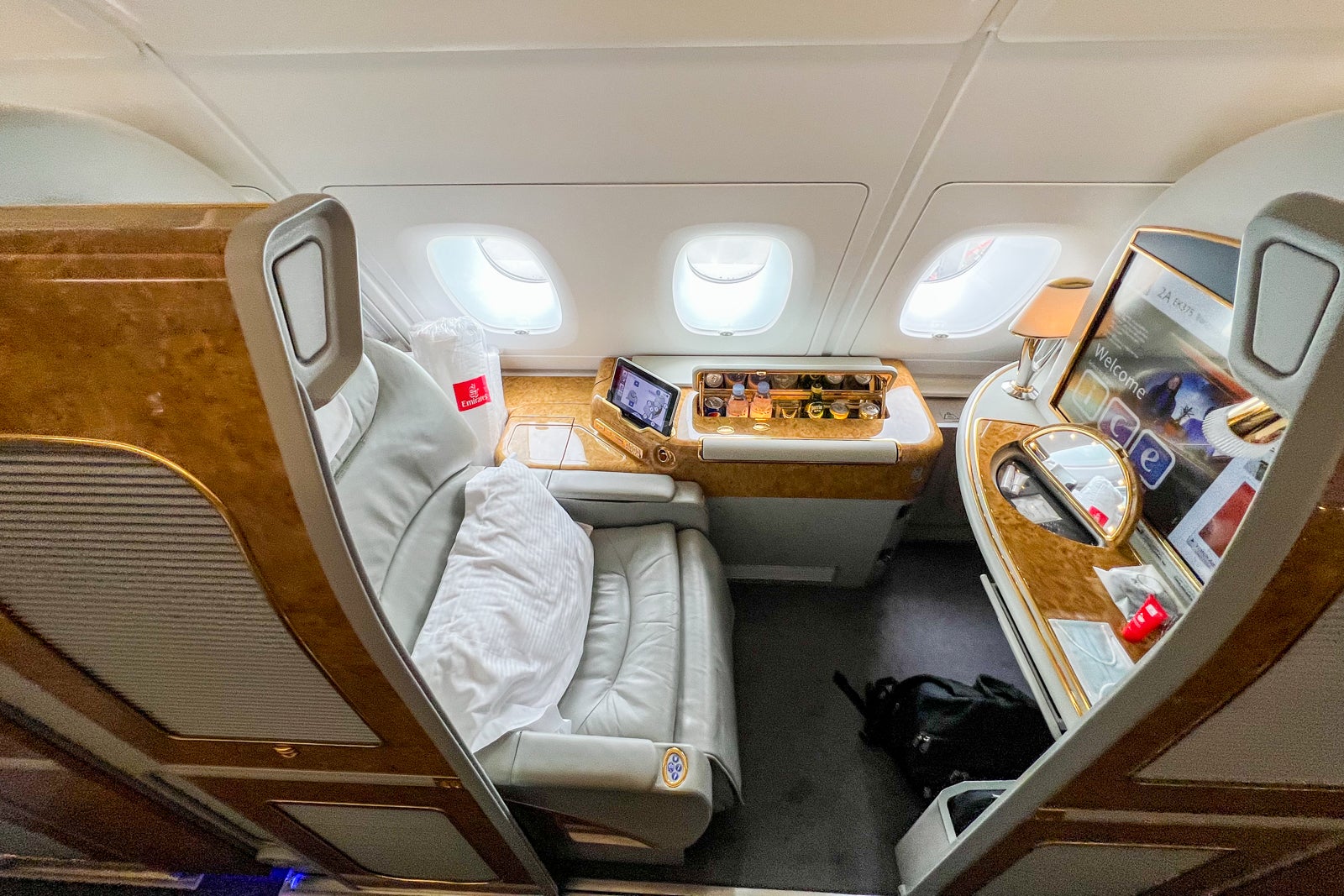The French-speaking Court of First Instance in Brussels will rule on December 30 at the latest on the summary proceedings brought by six accused persons of the assizes trial regarding the attacks of March 22, 2016 against the circumstances in which they will be transferred to the assizescourt.
ALSO READ Process attacks: aid workers and experts speak again
The judge in preliminary relief proceedings announced this on Friday after the oral arguments, which took up the entire morning.
The lawyer of the Belgian state will still have time until next Monday, December 26, to file a document. It concerns the translation into French of a report by the OCAD, which only exists in Dutch.
Pleas
Oral arguments took place on Friday morning. The six accused at the assizes trial regarding the attacks of March 22, 2016, who have instituted summary proceedings against the Belgian state, demand that they should not be systematically subjected to naked searches and blindfolded when they are transferred to the assizes room. According to the lawyers of the accused, these measures are contrary to the European Convention on Human Rights (ECHR).
“We don’t carry out blackmail here,” said Master Delphine Paci, lawyer for Salah Abdeslam. “We only ask for the possibility to have a serene trial, with a serene verdict. That is also in the interest of the victims. We also do not ask that nude searches never be carried out, we only ask for a ban on systematic nude searches.”
Nude searches are possible, but only if they are necessary and proportionate, according to the lawyer. “They can only be carried out if no other measure is possible. But our clients are in prison under an extremely strict security regime, in total isolation, where they must immediately return any item they want to use in their cell after use. They are transferred in a high-security transport to this courthouse, where nearly 100 police officers are present every day.”
According to Master Paci, the European Court of Human Rights (ECtHR) has ruled several times that systematic naked searches violate Article 3 of the ECHR, the prohibition of degrading and inhuman treatment, and are therefore prohibited, especially when it comes to persons already undergoing a tightened security regime in prison. “The federal ombudsman and the Central Supervisory Council for the Prison System have also expressed themselves in this sense several times,” it sounded.
Revenge Actions
Master Bernard Renson, the lawyer of the Belgian state, said that the security measures taken during the transfer of those accused of the assizes trial of the March 22, 2016 attacks do not in any way violate human rights. They are necessary for the safety of the process and are proportional.
“This is a process that exceeds all known proportions in every way,” the lawyer said. “Because of the facts being dealt with, because of the number of victims, the media interest, the personality of the accused. That process must be able to take place in maximum security conditions. The police must be able to prevent the accused from escaping, with or without outside help , and can avoid magistrates, juries, and the public becoming targets of retaliation.”
The OCAD has set the threat level for the trial sessions and transportation of the accused at 3, the second highest, the lawyer said. “In those circumstances, the accused is put on a belt for handcuffs, a bulletproof vest, and a blindfold, and they undergo a naked search. That search is carried out with the utmost respect, by a limited number of police officers, without any physical contact.”
Master Renson also pointed out that naked searches are not illegal in themselves. “They are provided for by the Police Office Act, when the police take someone to the cell. Here they are taken to the cell in the Justitia building every day. A naked search is the only way to check that they do not have a dangerous object with them. not made of metal, such as a knife made of a toothbrush or a pair of spectacles.” According to the lawyer, an evaluation is also made daily about the necessity of the measures.
This article is originally published on bruzz.be




















Discussion about this post